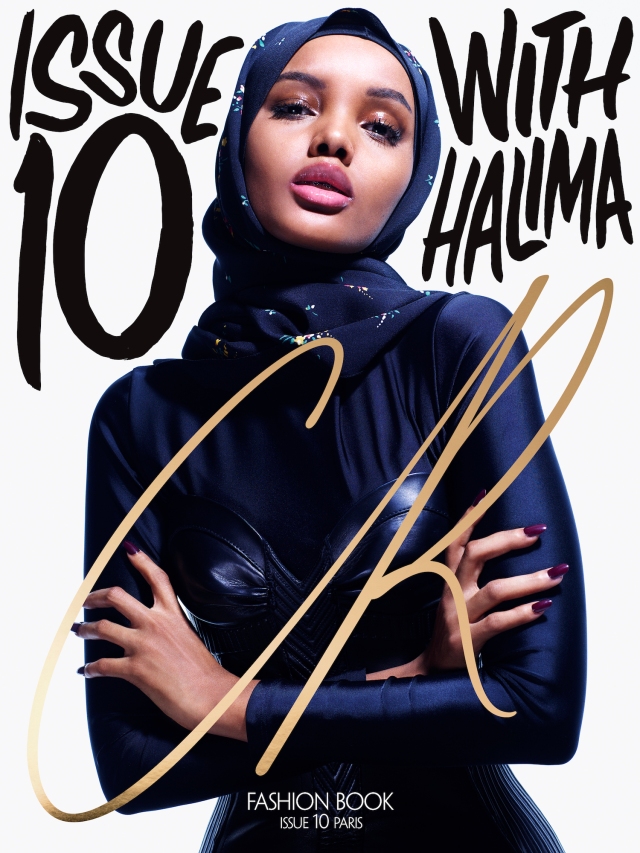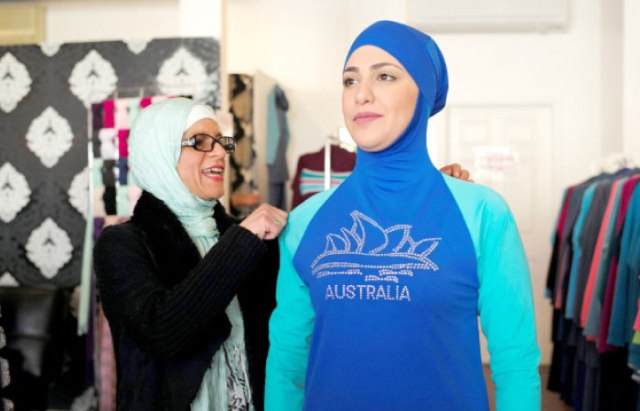
Beyoncé, Met Ball 2016 (US Magazine)
The 2016 Met Ball (that is, the Metropolitan Museum of Art Costume Institute Benefit’s annual swanky party) took place this past Monday, and all eyes were on the stars to see who wore what. The theme “Manus x Machina: Fashion in an Age of Technology” ensured that attendees and fashion obsessives would see some futuristic outfits.
And what could be more futuristic than latex?
Beyoncé wore a light-pink long-sleeved beaded latex dress. Model Bella Hadid wore a tight black spaghetti-strap bustier and pencil skirt, designed by custom latex couturier Atsuko Kudo, to the after party.
The latex dress trend isn’t limited to real life. Taylor Swift wore a white two-piece latex outfit in her “Bad Blood” video, and the aforementioned Beyoncé has a bright red minidress as one of her current “Formation” tour costumes. Both of these were Kudo pieces.
But neither of the aforementioned ladies started this trend. That honor goes to Kim Kardashian back in 2014. She wore a peachy-pink Kudo creation (can you tell he’s got the custom latex market on lock?) to the Australian launch of her fragrance. Incidentally, her outfit was the identical forerunner of Hadid’s (though Kardashian has also worn the black version of the outfit).

Bella Hadid and Kim Kardashian (Wetpaint)
Why is latex having a moment right now?
It’s possible that this is part of the long-range ripple effect from “Fifty Shades of Grey” that began ramping up last year. Everybody remembers (and was intrigued/titillated by) the playroom scenes, whether they read the book(s), saw the movie or both.
The book and movie’s success can be traced to many women’s hidden desires to be more sexually daring. However, in real life, some women may not feel comfortable completely putting themselves out there, sexually-speaking, in all their freak-flag glory. Donning a latex dress (or any fetishwear) can feel liberating, as if a woman is letting her “bad” side out to play. But it’s also safe in that the wearer can take it off at the end of the night (or session).
“Fashion Police” co-host Tim Gunn (also of “Project Runway” fame) hit the nail on the head when critiquing Beyoncé’s Met Gala look: “It has S&M written all over it.”
Well, yes. That’s sort of the point.











